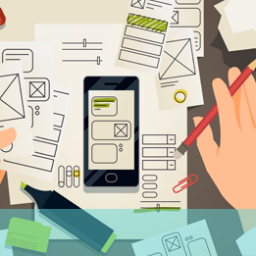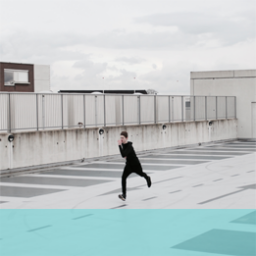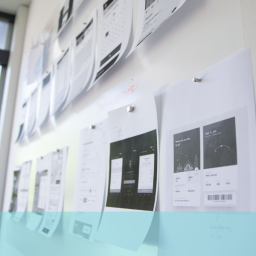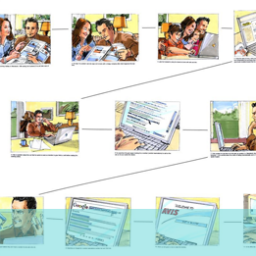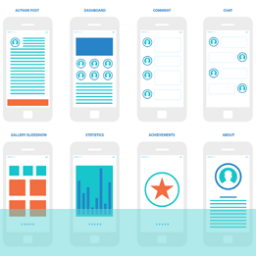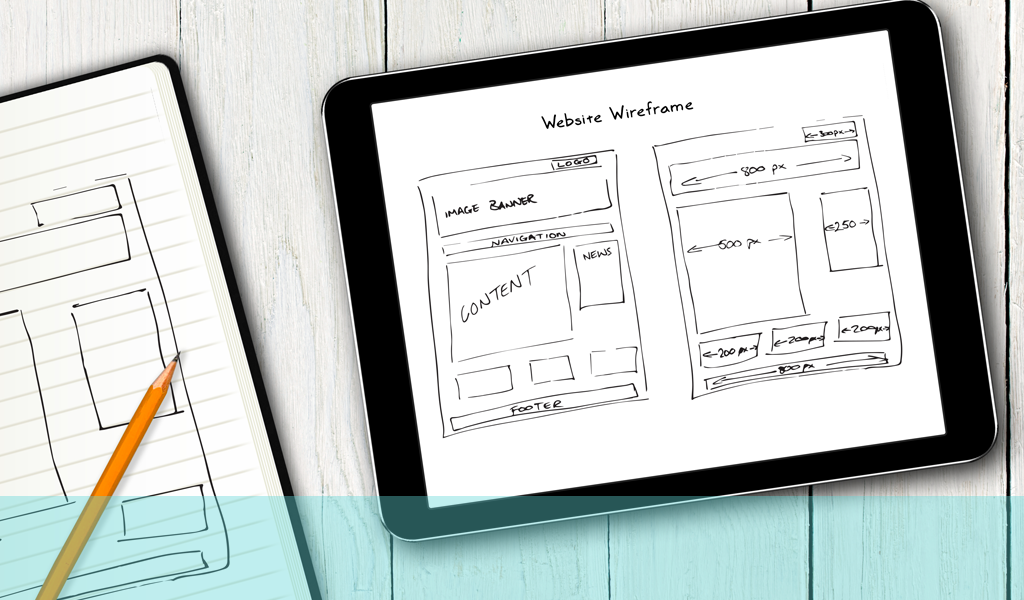
Prototypes have four main attributes that they bring to the table in differing degrees depending on the level of prototyping being used.
These qualities are:
- Format – this is the form the prototype takes whether it is a simple paper representation or a sophisticated electronic model.
- Precision – this is how accurately the model simulates the final product.
- Interaction – the degree to which testers/users can interface and interact with the model.
- Development – the degree to which the model can be developed, modified, added to.
At different stages of development you will require higher levels of some of these in order to feel confidence in the testing process. So which type of prototype should you use?
The most useful answer to this question is probably that using all of the options is best if you are looking for the optimum result from your design and development process. You don’t want to be spending a good deal of time and money on a concept until you have validated the main principles on which it is based. If you find a fundamental flaw in your thinking or structure you have saved a lot of wasteful development time and budget. So, a paper prototype is the best place to start sketching out the skeletal plan of your product and seeing how it fits together and works. This is also a good way of flushing out ideas, problems, links, relationships and getting input across teams and organisation. While you wouldn’t make a major business decision based on this process it can inform and shape subsequent phases of prototyping.
A digital prototype will, obviously, take a lot longer to construct than a paper version but it will provide insight into functionality, usability and interactivity than any paper alternative could even suggest. There are a lot of apps that can provide access to this form of prototyping and they will all provide slightly different levels of sophistication, usability, fidelity and interactivity but this format is likely to provide a much better idea of how the product is site is going to act and react with user input. It might take a little time to master the software and convert the concepts and content into something usable but, once this is achieved what you will have is a prototype that can be adapted, modified, added to and developed as you move through the project.
The final (and most sophisticated) level is interactive HTML model that emulates all the significant and vital aspects of the final product. This provides the highest degree of fidelity and reliability in terms of testing the proposal and can act as basis for the final product in terms of coding, structure etc. The cost is a big investment of time, effort, money and technical input which you need to be sure is justified before you embark on this phase of prototyping.
Developing websites is an expensive process, so it is important that prototyping is incorporated throughout the development process. Using all the tools and forms available can help in ensuring a smooth transition from concept to final product. If you would like to know more about this technique, ring us on +44(0)800 0246247 or email us at hello@ux247.com






